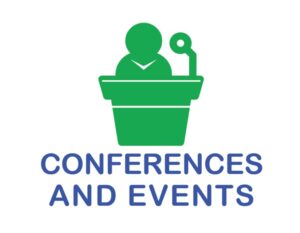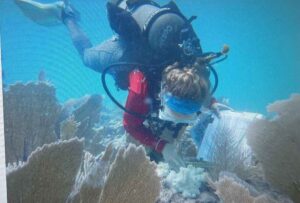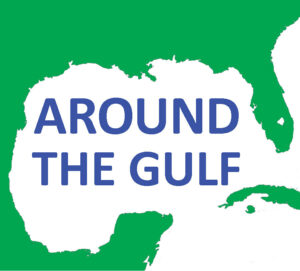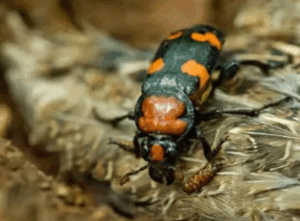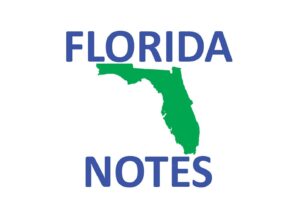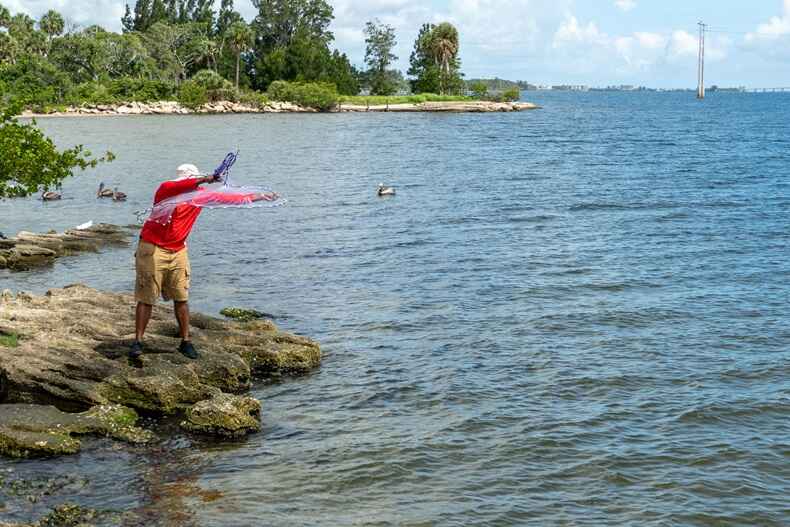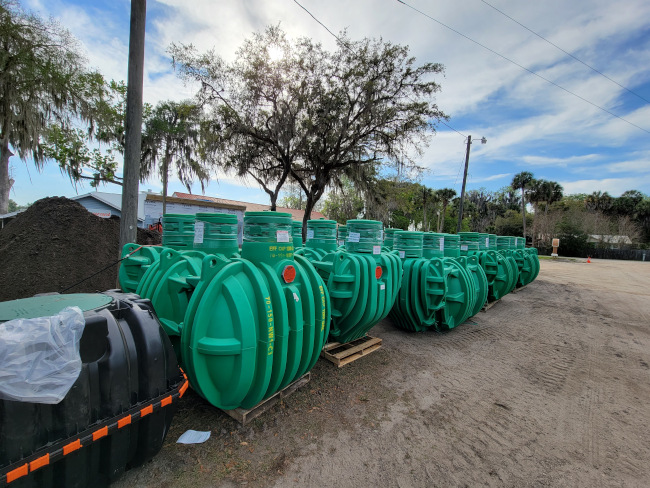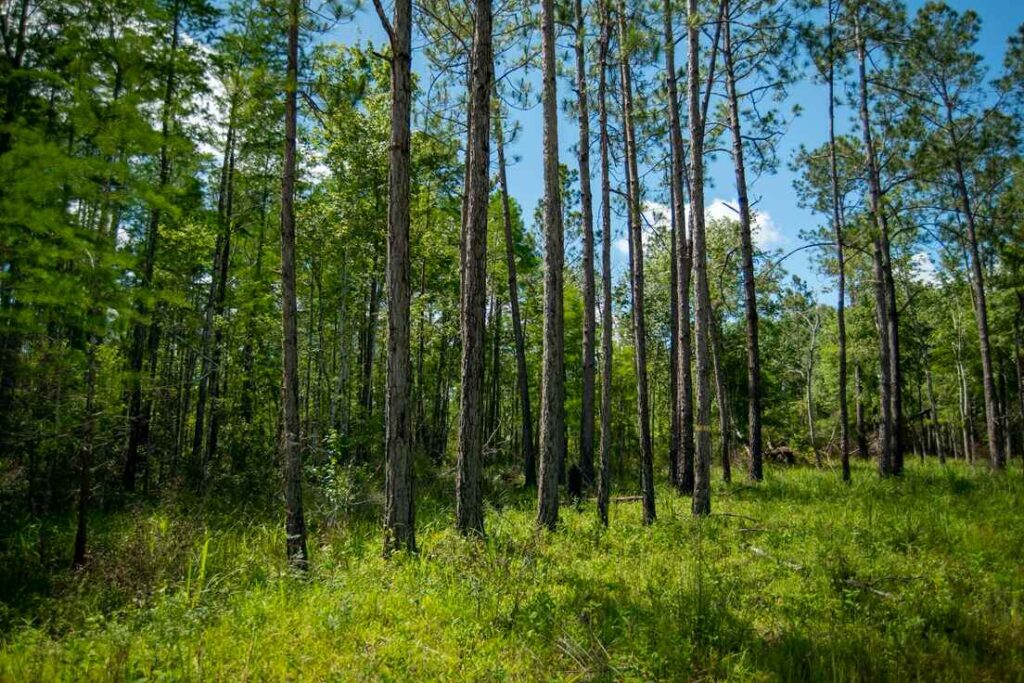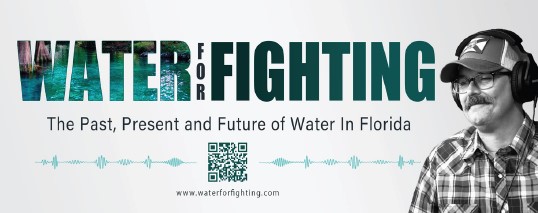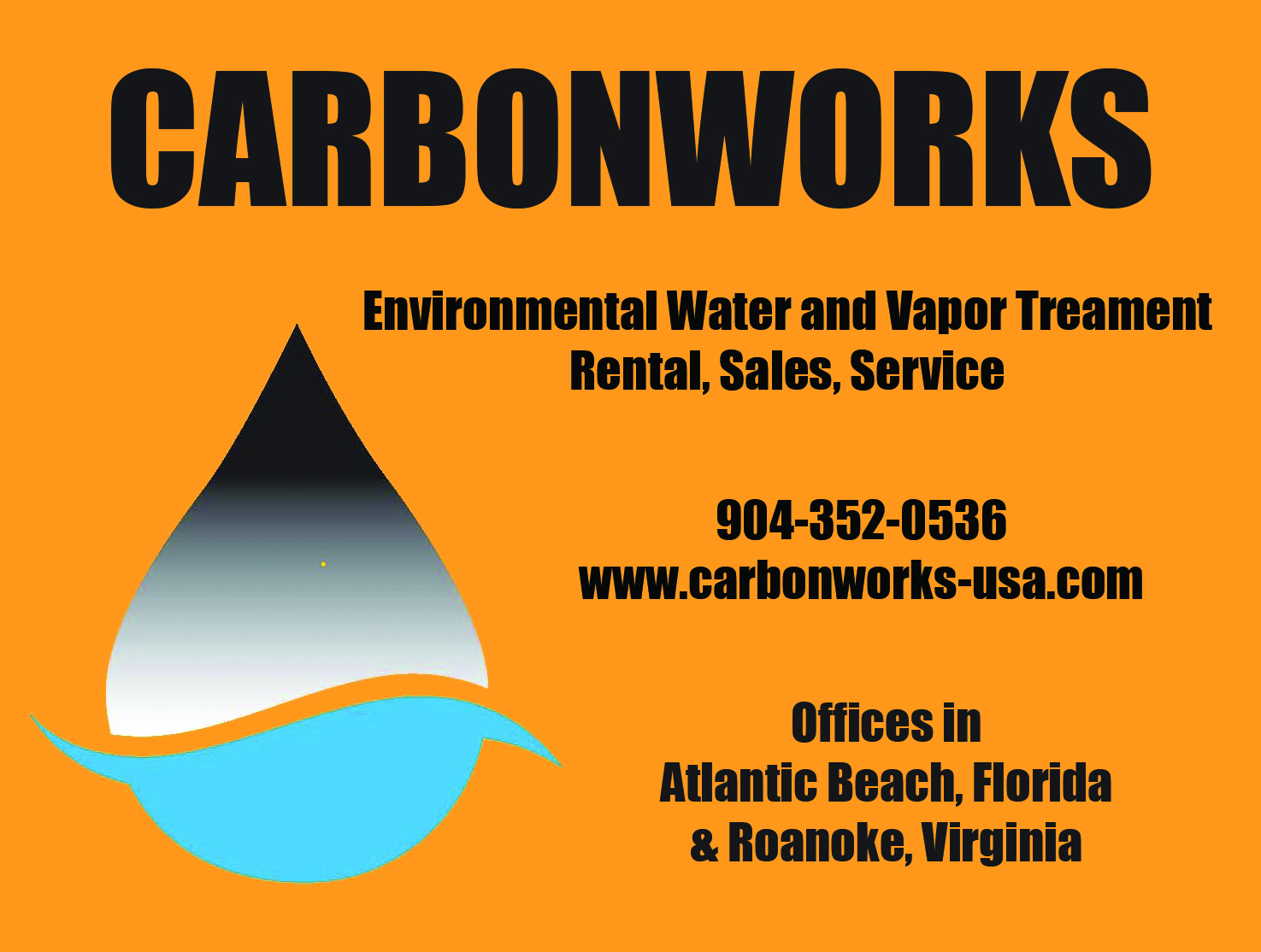By Cindy Littlejohn
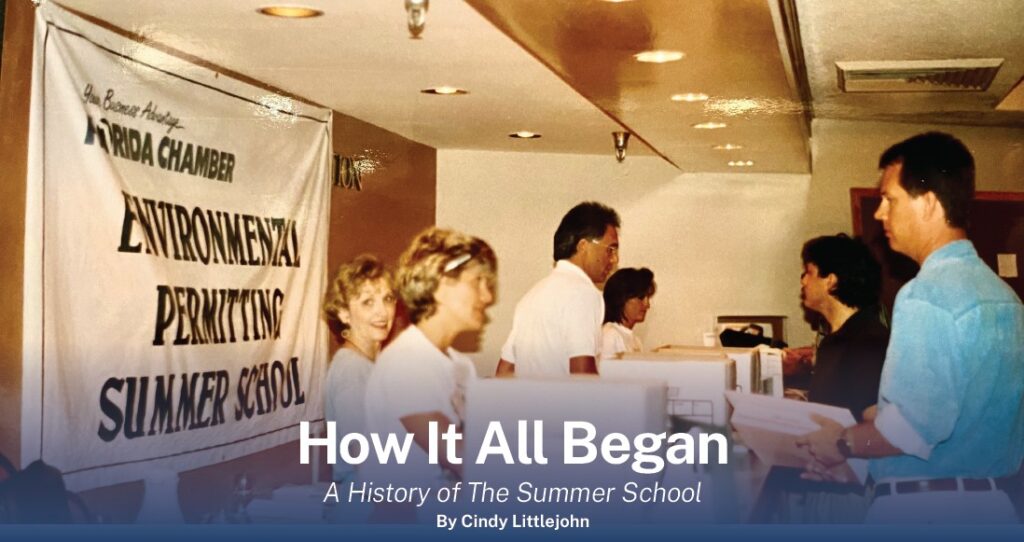
In the mid 1980s, the drive through central Florida was still through rolling hills of orange groves. However, the arrival of Disney’s theme park the decade before was beginning to be felt in the region. Service industry people flocked to the interior of the state. Retirees kept coming as well, and as the beaches became crowded, they moved inland.
Florida was growing at a breakneck pace, adding nearly 3 million people from 1980 to 1985.
In Tallahassee, the political climate was changing as rapidly as Florida was growing during that period. State leaders responded to the state’s rapid population gains with swift growth management and environmental regulations. New processes were added to limit environmental impacts and control growth. Even more significant proposals were being considered by the Florida Legislature, including more comprehensive growth management legislation.
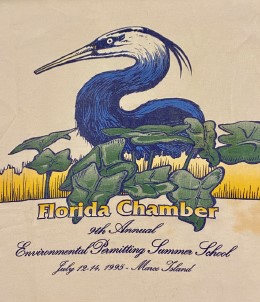
Most businesses at the time were unaware or just starting to take notice, and the Florida Chamber of Commerce and other business organizations began to get engaged. For many, it was the first time they needed Tallahassee representation, and it set the stage for frequent skirmishes between business groups and the Florida legislature over these policies.
The emerging regulations were overwhelming to many to many businesses and practitioners alike. For example, a single project could require approvals from the Department of Environmental Regulations, Department of Natural Resources, water management district, municipality, county, federal government and the Game and Fish Commission. Regulatory agencies and regulations were expanding quickly, and Florida’s businesses and industries were struggling to keep up.
In July 1983, the Florida Chamber turned to Chuck Littlejohn to represent them on environmental and growth management issues and field members’ questions about Florida’s new regulations. Businesses were turning to technical experts like Littlejohn to navigate the complex regulatory environment. It also helped to hire a former state employee who understood the inside workings of government.
When Florida environmental legislation first surfaced in 1972, Littlejohn was at the University of Florida working on a graduate degree in Environmental Engineering. He was quickly hired by Governor Reubin Askew’s administration to be a part of the newly-formed Division of State Planning. From there, he went to DER as its bureau chief of Water Policy, where he developed his expertise in environmental policy.
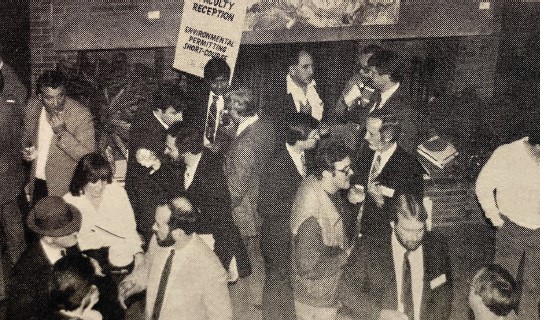
At the Chamber, Littlejohn quickly found himself immersed in telephone calls from members. He knew he needed help and hired Linda Barrentine (now Dickinson) from the Governor’s Office. Theirs would be a working relationship that would last over 35 years.
Littlejohn began looking for a better way to educate Florida’s businesses. By demeanor, he was a coalition and consensus builder, and his answer was to reach out to representatives from all sides of the issues, including the regulatory agencies, attorneys and engineers, and business groups.
In 1984, Littlejohn pitched a novel idea to the Chamber. Littlejohn would design a series of seminars to cover all aspects of permitting, emphasizing recent changes in environmental and growth management requirements. Introductory and advanced courses would be offered, featuring speakers from throughout the state. The target audience would include Chamber members, but the seminars would be open to anyone interested in state, federal, and local permitting and planning issues.
The Chamber agreed, and in January 1985, the first Florida Environmental Permitting Short Course was held in Tallahassee. Wade Hopping moderated. Special guest speakers were DER Secretary Vicki Tschinkel and DCA Secretary John DeGrove.
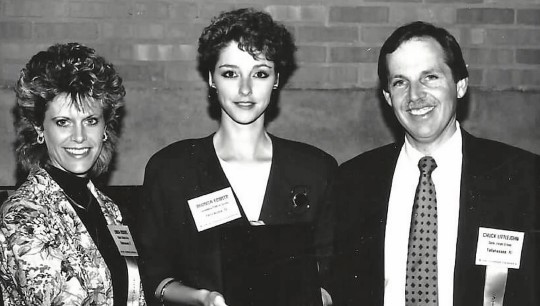
Later, when South Florida members were calling for another conference downstate, the Chamber suggested Miami. Littlejohn did his own reconnaissance (with a fishing rod!), and the landing of a snook off the beach at the Marco Island Marriott cemented the new location. The first Environmental Permitting Summer School was held in Marco Island in 1987.
Together, Littlejohn and Dickinson designed and produced the conferences. In the days before the internet, the handouts were a significant feature, and attendees kept the assemblage of agency rules, policies and reference materials in their offices for use throughout the year. Every speaker turned in a syllabus, including their talking points. These early reference books were thick, three-ring binders with tabs for each of the many different subjects. These conferences, and the collections of the latest reference materials provided each year, were the only way to keep up with the growing body of laws, regulations, and cases.
I worked for the Chamber then and remember how all the clerical staff met in the conference room in Tallahassee to work all day on assembling these reference books. Every car headed south for Marco was loaded with boxes of these books. Packing was a chore. There was hardly room for our luggage and beach gear.
When asked which was most important – networking or learning, Bill Preston, a speaker at the first short course, said “both.” The conference format was innovative, the content was the best available and very useful to the regulated community and the regulators. He also quickly realized the opportunities to interact with agency personnel. “It was a hell of a place to work on your project,” Preston said.
Today, the primary goal of the Florida Environmental Permitting Summer School is an ongoing effort to keep the Florida Chamber membership and other interests informed of the numerous environmental, growth management, energy, and resiliency programs, laws and regulations affecting Florida’s citizens and businesses. More than 1,200 attorneys, consultants, engineers, state and local government officials, developers, landowners, and others come together at this event to discuss these issues affecting Florida. The conference has grown into the largest environmental conference in Florida and still features its original “break-out” format. It has expanded to over 75 unique courses, taught by over 300 of Florida’s most knowledgeable practitioners from every background and corner of the state.
Most importantly, it is still held in Marco Island, just a short stroll away from where Chuck Littlejohn caught a nice snook off the beach almost 40 years ago. ●


